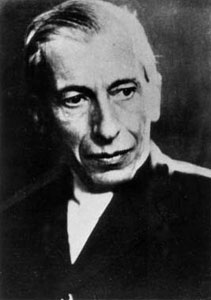Insulin facts for kids
Insulin is a special hormone made by your pancreas, an organ in your body. Its main job is to control the amount of glucose (sugar) in your blood. Think of it like a key that unlocks your body's cells so sugar can get inside and be used for energy.
When people's bodies don't make enough insulin, or if the insulin they make doesn't work right, they get a disease called diabetes. Without insulin, sugar stays in the blood instead of going into the cells, which can cause serious health problems.
Insulin is a small protein made of 51 tiny building blocks called amino acids. It's produced in special groups of cells in the pancreas called the islets of Langerhans. The word "insulin" comes from the Latin word insula, which means "island," referring to these cell groups.
In the past, doctors used insulin from animals, like pigs, to treat people with diabetes. This was because pig insulin is very similar to human insulin. Today, we have ways to make human insulin in laboratories.
How Insulin Was Discovered
The story of insulin's discovery involves several scientists.
A Romanian professor named Nicolae Paulescu was one of the first to find insulin. In 1916, he was working at the University of Medicine and Pharmacy in Bucharest. He created a special liquid from the pancreas that he called "pancrein." When he gave this liquid to a diabetic dog, it helped bring the dog's blood sugar levels back to normal. His work was stopped for a while because of World War I. But in 1921, he wrote important papers about his discoveries.
Around the same time, two Canadian scientists, Dr. Frederick Banting and Dr. Charles Best, were also doing similar experiments with dogs. They were trying to find a way to treat diabetes.
The real breakthrough happened when they gave insulin to a 14-year-old boy named Leonard Thompson. He was very sick and dying from diabetes. After getting an injection of insulin, he started to get better! This showed that insulin could save lives.
In 1923, Dr. Banting won the Nobel Prize in Physiology or Medicine for the discovery of insulin, along with another scientist named John Macleod.
Later, in 1977, a scientist named Herbert Boyer created the first "human" insulin in a lab. He used tiny living things called E. coli to make it. This was a huge step because it meant we didn't have to rely on animal insulin anymore.
Images for kids
-
Frederick Banting joined by Charles Best in office, 1924
See also
 In Spanish: Insulina para niños
In Spanish: Insulina para niños




